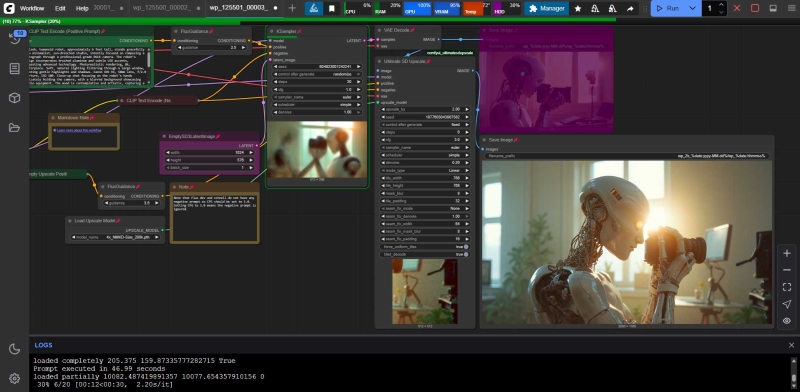Contents
AI is a hotly debated topic in the world of photography, and it’s easy to understand why. It’s had a controversial start, from claims of copyright infringement to AI “stealing our jobs”. But whether we like it or not, AI is here to stay, and we need to pay attention to it.
It’s come a long way in the last couple of very short years. Some form of AI is now integrated into just about every tool we use, and artificial intelligence technology has become vital in many photographers’ workflows. So, let’s delve a little deeper into how you can make AI work for you.
What Is AI Photography?
Definition and history
The term “AI Photography” is a bit of a misnomer. For one, AI cannot create photography. AI-generated images aren’t photographs. But that’s not really what the term means, either. What it really means is photographs created where AI exists somewhere in the workflow.
These days, that’s the vast majority of photos. When we consider that almost all smartphones today use some kind of AI at the point of capture, most smartphone photos fall under the umbrella of “AI Photography”. But it’s crept into more professional workflows, too.
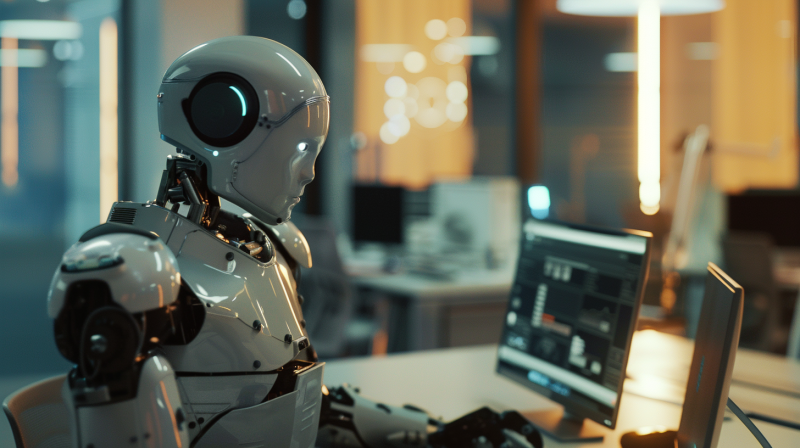
How AI is used in photography (e.g., composition, editing, camera features)
While AI has seen something of an explosion in the last three or four years, it’s been around for quite a long time. Of course, in the past, it was much more limited than it is today. Photoshop’s Content-Aware Fill, for example, is a form of AI, and that was released with Photoshop CS5 back in 2010.
Like all AI, Content-Aware Fill has come a long way. Photoshop itself has also evolved, bringing new AI-powered tools, such as Generative Fill, Generative Expand, Neural Filters, Select Subject, and even Content-Aware Fill has become much more useful than it used to be.
There’s also been a whole flurry of new AI tools for photography that have hit the market for raw processing, image editing, culling and more. Tools have been introduced to help with your shooting technique, critiquing your images based on composition, style and more. And then there’s the AI features built into recently released mirrorless cameras.
AI Cameras
AI Cameras is a pretty broad term. It includes everything from smartphones and mirrorless cameras with built-in AI features to camera-like devices that generate AI imagery. Many of you will already be using AI in your photography workflow without even realising it. Let’s explore some of those features below.

Smartphones with AI-powered photography features
The rise of smartphones over the past couple of decades has led to some amazing advances in photography. Sensors have shrunk massively in size while still creating some pretty amazing results. In recent years, those results have been assisted primarily by AI, under the banner of computational photography.
It started with Vision AI, which was still quite primitive in its early days. It was easily misled and tricked into thinking it saw something that wasn’t there. But AI has evolved into features that now allow us to easily recognise subjects in the scene, assist with focus, exposure and composition, and even see the world around us in real time.

But AI does so much more for smartphone photography now. Apple lets you completely relight your subjects, most smartphones now offer artificial shallow depth of field – even if the marketing isn’t always accurate – and our images barely even make it out of the sensor without some level of AI processing to clean them up.
You see, these small sensors, as good as they’ve become, still aren’t very good. It’s a limit of physics. The smaller you make the light-collecting points (photocells or “pixels”) on a sensor, the less light they can gather. This leads to noise, especially in darker conditions. AI sees these incoming noisy images and enhances them to produce a more pleasing result.

And it’s not just smartphones. Such AI-powered image-processing technology has come to other small sensor cameras, like the Insta360 Ace Pro 2, which contains two AI chips, and the Insta360 X5, a 360-degree camera possessing three AI chips.
Mirrorless Cameras using AI
While smartphones and action cameras have embraced artificial intelligence as part of their workflow, mirrorless manufacturers have been a little slower on the uptake. They haven’t completely ignored it, though. AI technology has been incorporated into many mirrorless cameras now, particularly for subject detection and autofocus.
Panasonic, Canon, Fujifilm, Sony and more have all embraced AI for assisting in such features in their mirrorless cameras. And despite Nikon’s anti-AI campaign, it is also embracing the technology, although, perhaps not in the cameras you might think.
Other AI Cameras
Developments in artificial intelligence have allowed for other camera and imaging advancements, and even new types of camera. We’ve seen a number of new types of AI-powered cameras, such as Alice Camera, which combines the AI power of your smartphone with a larger sensor and Micro Four Thirds mirrorless lenses.
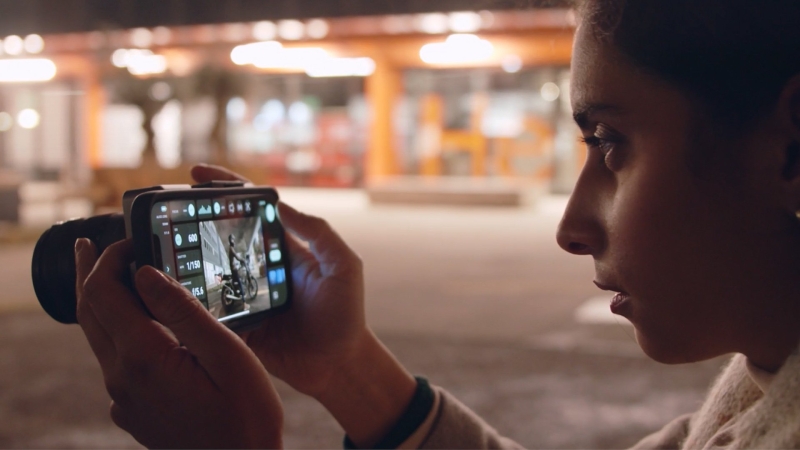
It’s also led to some very odd cameras, too, like The Black Box camera, which uses a real camera sensor to look at the scene, shoots a photo of it, and then sends that image off to a vision model to tell the camera what it sees. It the uses this description to generate a completely new image.
There are even Raspberry Pi-powered AI camera kits out there that you can implement into your own projects.
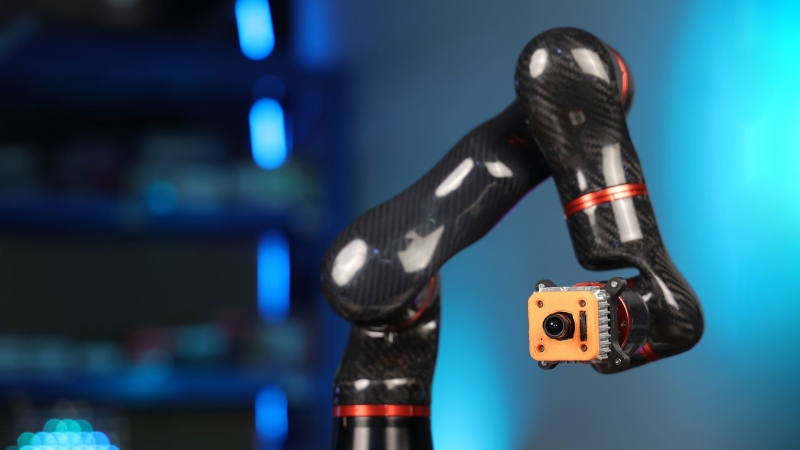
Software Tools
While mirrorless manufacturers might have been a little slow to implement AI technology, one area that’s seen massive growth is AI-powered software for photographers. We’ve seen a whole slew of new photo editing, culling and other apps, with some of our old favourites getting new AI superpowers.
Best AI photo editing software and apps
When it comes to editing, the long-established industry standard application is Photoshop. It’s seen a lot of AI developments lately, with new AI features added to Photoshop, Lightroom and the rest of Adobe’s tools. It’s even spawned an entire website for the company’s web-based AI image tools, powered by the company’s Firefly engine.

Of course, Adobe isn’t the only game in town. Skylum’s entire ecosystem seems to be AI-powered these days, with its flagship app Luminar Neo leading the charge, supported by tools like Aperty. Capture One, another stalwart of the photography industry, is also implementing AI features into its software.
We’ve also seen a whole bunch of new AI photo culling and editing tools like Evoto, Neurapix Imagen & Pic-Time, all promising to speed up your workflow. With so many new tools appearing, you’ll want to do the research to find out which works best for your workflow and deserves yoru money.
Free and open source software
But paid commercial software is not the only option. There are also completely free and open source applications out there, too, like ComfyUI, which works with a wide range of Stable Diffusion and Flux-based models. Do note, however, that not all models allow commercial use.
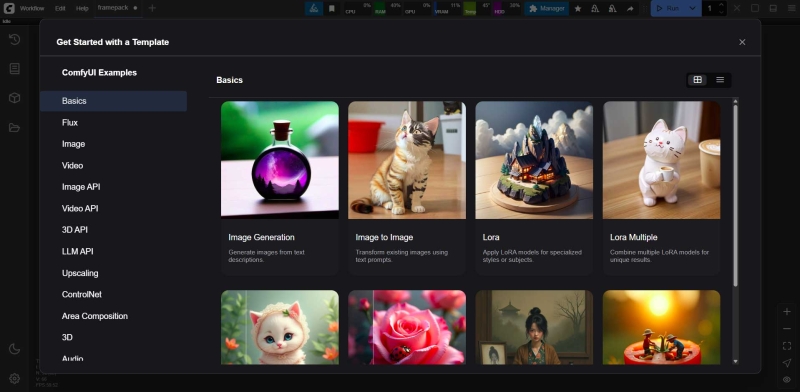
Although typically used for creating fully AI-generated images, ComfyUI is also capable of of replacing features in paid and subscription software such as background removal, generative fill and generative expand. It can also be used to create concept images in preparation for an actual shoot.
AI Photo Editing Techniques
Given its evolution over recent years, AI now powers a whole lot of image enhancing features and tools in our favourite software. We’ve already mentioned some of those tools, such as generative fill and expand, background removal and subject tracking, but there are a whole lot more.
While the degree of control you get varies from app to app, AI can be used to automatically crop for better composition, or adjust your exposure, contrast and white balance for a more pleasing appearance. It can even retouch your images for you and remove blemishes, helping to speed up the workflow.
Background removal and object replacement
One of the most popular tasks out there for photography is background removal. Extracting subjects from their backgrounds is a very common and time-consuming task for product photographers, for example. In the past, this was done manually with something like the pen tool, but now AI can do it for you in a single click.

But that’s not all it’s for. Maybe you want to shoot your subject in a studio, but cut away the background to apply a digital or other background of your choosing.
Or perhaps you’ve shot a photo that’s perfect except for the position of one item in the frame. Instead of spending hours cutting out your subject and recreating a new background with the clone stamp tool, AI object selection lets you do it in just a few seconds.
AI retouching (portraits, skin, blemishes)
AI retouching has come on leaps and bounds . Since the launch of Retouch4me’s AI retouching plugin suite in 2022, it feels like we’ve got new apps and tools popping up on an almost weekly basis. DragGan was one of the first that started to offer some real control.
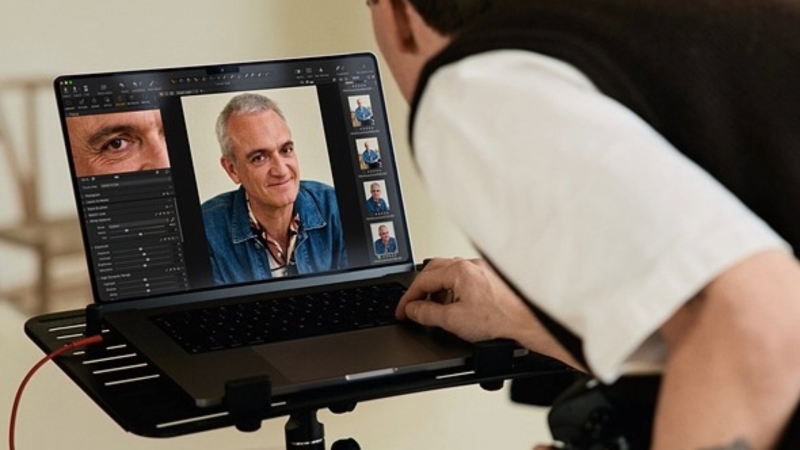
Now, there are a whole plethora of AI retouching options out there, with tools from Google, Skylum, Capture One, Neurapix, Evoto, and Adobe isn’t just limited to Photoshop, either. Lightroom has also gained AI features, as well as its flagship video editor, Premiere Pro.
Auto-enhancement vs manual control
Like the same debate that goes on with using auto vs manual control with cameras, the AI debate will likely continue for years to come. And as with cameras, the automatic tweaks are only going to get better in the future. But many applications are already producing decent automatic results.
Automatic AI adjustments are typically more common on mobile editing apps, but they exist in many desktop applications, too. Fortunately, most of the desktop applications also offer some degree of manual control, letting you choose the balance.
Whether you want to exercise that control or trust the software to give you what it thinks is the best result is ultimately up to you.
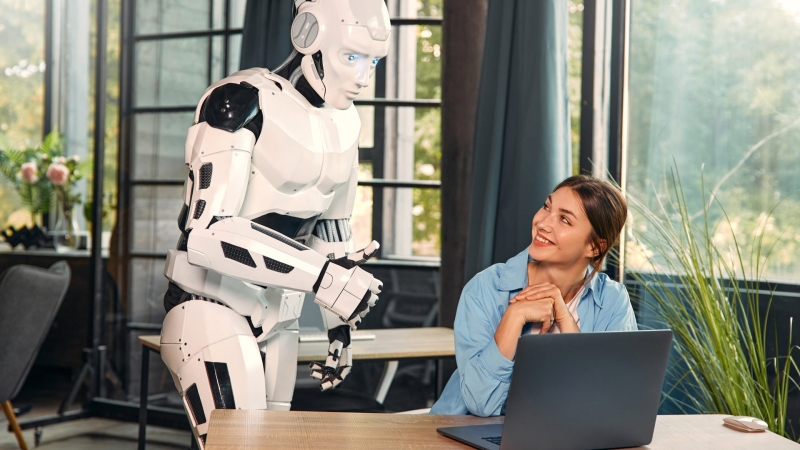
Ethical Concerns in AI Photography
There are a lot of ethical questions when it comes to the use of AI in photography. Of course, if the image was entirely generated by AI, then it’s not really photography. But what about the use of it as a tool to enhance or assist your photography?
That is a personal debate. But there are other debates that have larger implications for society. These, too, are likely rto rage on for years to come.
Deepfakes and misinformation
Deepfakes have become more pervasive online in recent years, with videos making people say things that they didn’t. Some of the people who’ve been the targets of deepfakes include Taylor Swift, Scarlett Johansson, Tom Hanks and even Pope Francis.

Lawmakers around the world are tackling the dangers of deepfakes with legislation and new tools are also being developed to help us detect deepfakes. But with the proliferation of “fake news” over the last decade, it’s becoming evermore important to be vigilant and not take everything you see online at face value.
Authenticity in Journalism and Art
Deepfakes aside, journalism has its own set of ethical considerations and obligations to present the facts in photography. One could argue that simply choosing a different composition determines the narrative of a story, but this isn’t quite as deep as that.
The ethics of photojournalism have been debated since long before AI came along. And they will continue to be debated for years to come.
When it comes to art, though, it’s a different matter entirely. Here, there’s no expectation to represent the facts or reality. But should artists declare whether AI was used in any part of the process? Should they have to? They don’t have to say if Photoshop was used or not, so, is this really any different?
Copyright and ownership of AI-generated images
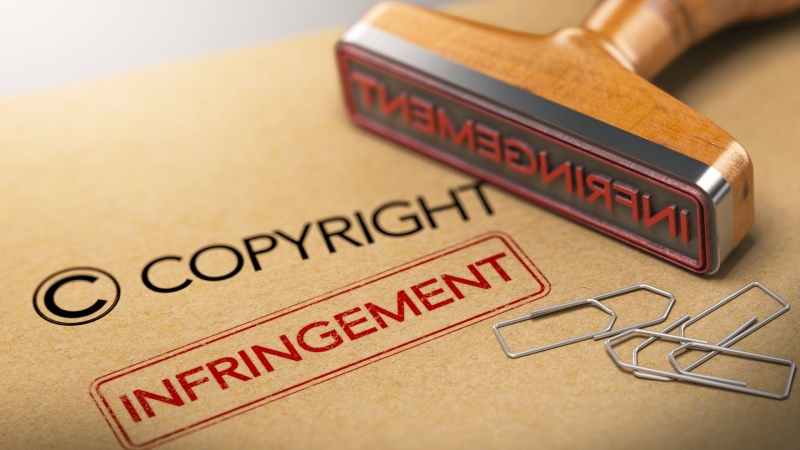
Copyright is another area of artificial intelligence that’s currently running through court systems around the world – except the UK. In other countries, like the USA, things are a little different.
At the beginning of 2025, the US Copyright Office declared that it was now offering copyright status to AI images. But there’s a catch, it’s not applying to all images. There needs to be some real work by an artist and it doesn’t apply to solely AI-generated images with no alterations.
The first AI-generated image was granted copyright protection only a few days after the announcement. There are still a lot of copyright law in the US and the rest of the world, but you can expect a lot of changes in the coming months and years.
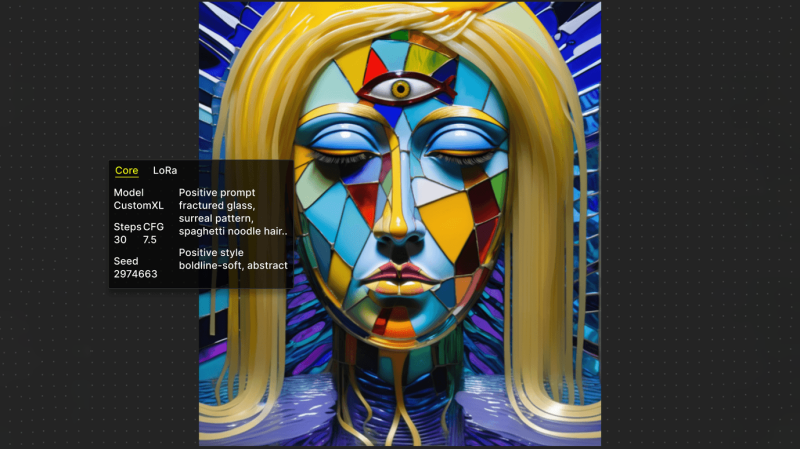
AI in Stock Photography and Licensing
Stock photography has been a staple for photographers for decades. It already faced one challenge when the world of “Microstock” came along, massively lowering the cost of stock images – and their income. Now, though, the stock photography world as a whole is facing new challenges.
Can AI-generated images be licensed?
If most AI images aren’t copyrighted, can they even be licensed? Well, yes. There are plenty of images that are no longer even have copyright protection that are being licensed by the likes of Getty. Exactly how they are able to enforce that is unclear.
But, for now, even though most AI images don’t have any form of copyright protection, there’s nothing to stop people fro licensing them. But if they have no copyright protection, there’s probably nothing to stop people from just using them without a license anyway.
This will obviously change as the laws do, granting protection to more AI-generated images.

Popular AI stock platforms
Adobe has many AI-generated images in the Adobe Stock library, and they’re not the only ones. Shutterstock, too, embraced AI imagery quite early on in its stock library.
Other sites like Getty and iStock, flat out refused to accept AI images in 2022. So, it will be interesting to see how their merger with Shutterstock is going to pan out in terms of AI image offerings.
Comparison with traditional stock
AI image generators are still yet to catch up to photography in terms of realism. They’re getting there, sure, but fully generated images still aren’t quite there. But using AI to assist in tweaking and refining your photography, cleaning up scenes, retouching, and tweaking compositions and exposure is really no different to doing it with Photoshop.
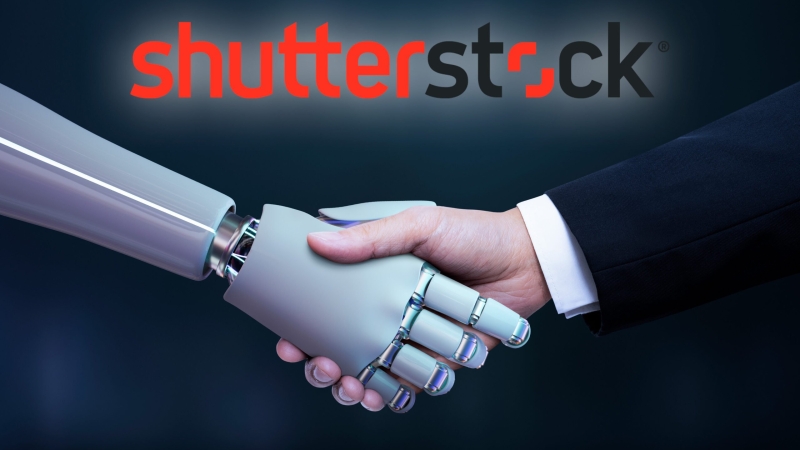
Given how easy and inexpensive it is to generate images, though, I can see a lot of markets being saturated very quickly. This may ultimately overtake photography, or people might become so jaded by obviously AI images that real photography even sees a bit of an uptake.
The game is changing rapidly. There are even stock services that pay you to use your images specifically for training AI.
Creative Uses of AI in Photography
AI offers many creative opportunities for photographers, some of which we’ve spoken about already above. Tools like generative fill and expand let us quickly and easily add (or remove) elements to our images that weren’t there when we raised the camera to our eye.
But these aren’t the only creative applications for AI image tools.
AI-generated photo art
Obviously, we can generate entire images with AI. Yes, it may not always be perfect, but it’s getting better and better every day. Of course, this isn’t really photography, and some might argue that AI is not art, either – art being something generated by a human – but it’s still useful.
AI-generated imagery can be used for concept images and storyboards, allowing you to pre-visualise a shot or an entire session before going and shooting it for real. For people photographers, this can be a big time saver, allowing you to visually illustrate to your subject the kind of shot you’re going for.
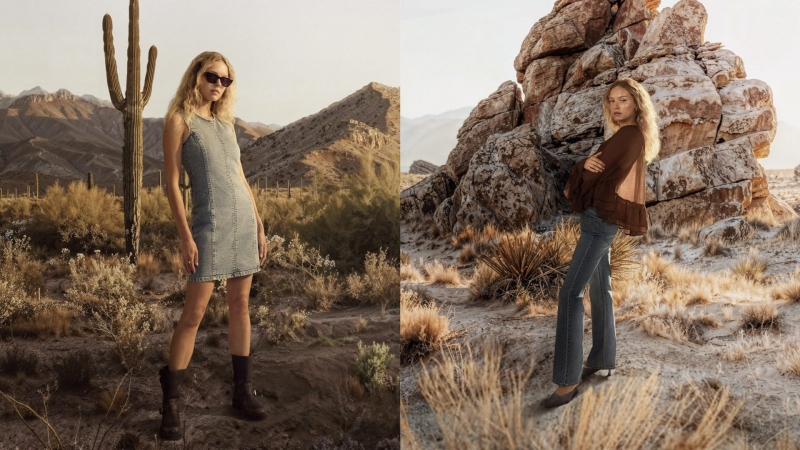
There are also tools to let you place your subject in a completely different AI-generated scene or transfer the style of an image to other images. Maybe you’re not great a Photoshop or Lightroom yet and manage to get a look you like on one image but don’t know how to transfer it to the rest. Photoshop tools and other AI-powered applications allow you to easily get a consistent look across a set of images.
AI prompts and creative storytelling
No matter what AI tool you’re using, the prompt you use usually plays a big part in how the results look. And it’s essential with text-to-image AI tools. Sure, Photoshop’s Generative Fill and Generative Expand tools can let you enter a blank prompt and it figures it out itself, but usually a prompt delivers more consistency in your results.
As well as text-based prompts, some tools allow you to essentially use an image as the prompt, or combine the two together. There are a number of “Image-to-image” tools and workflows out there that let you use one image as the visual framework for creating new images. For the storyboarding idea mentioned above, this can be an invaluable ability.
Midjourney and DALL·E
If you’ve spent any time researching AI-generated imagery, you’ve almost certainly heard of DALL-E and Midjourney. These are the OGs of AI image generation, and despite the huge rise in competition, they’re still two of the most popular.
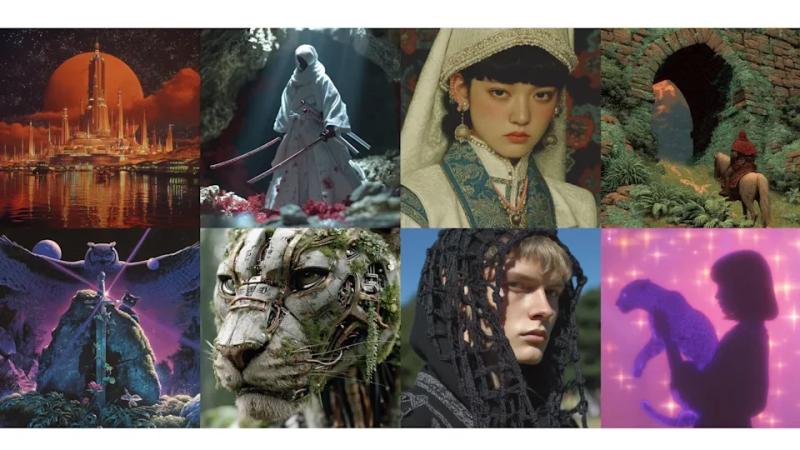
Both services have taken slightly different directions. For example, DALL-E has largely now become integrated into the ChatGPT interface. Of course, there’s still API access, but ChatGPT allows you to modify the images it generates interactively. You can even upload an image and have it generate a new one based on that.
Midjourney, on the other hand, has gone from an awkward-to-use tool accessed via Discord into a full web app. And it’s not just for generating images now, since introducing AI editing features last year. More recently, it’s seen updates that make text prompts even easier.
AI vs Traditional Photography
AI-generated imagery and photography are two very different things. While they both involve some degree of human interactivity, that interaction takes completely different forms. AI imagery is improving, but will it ever take the place of real photography?
By 2023, humanity had already created more AI-generated images than photographs created in its 150-year history. And some photographers have already swapped their camera gear for a keyboard. But even as recently as April 2025, most viewers aren’t fooled by AI-generated images.
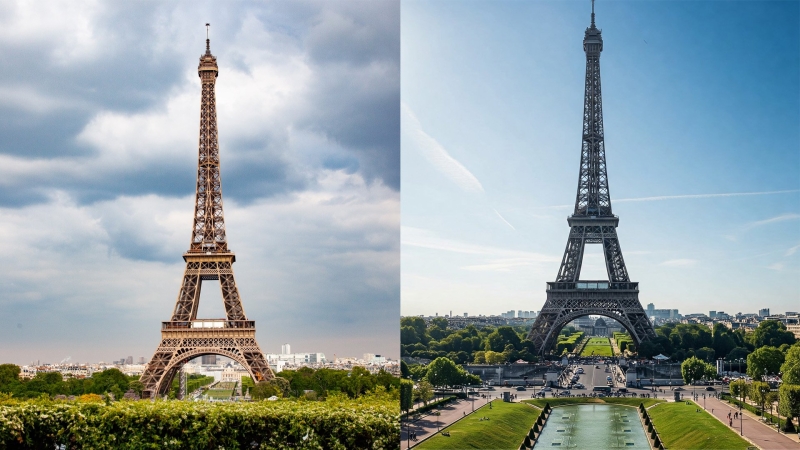
Strengths and limitations of each
Photography’s limited by the laws of physics and our imaginations. AI image generation, on the other hand, is limited by the images it’s been trained on. This is why different image generation tools and models often have drastically different styles with some very surreal images.
This can be both a blessing and curse, as AI isn’t limited by the laws of physics the way cameras are in the real word. When it comes to realism, this can be a problem. Our brains are highly attuned to the real world. We’ve been living in it all our lives.
When something isn’t quite right, we might not be able to put our finger on exactly what it is, but we know that something is wrong.
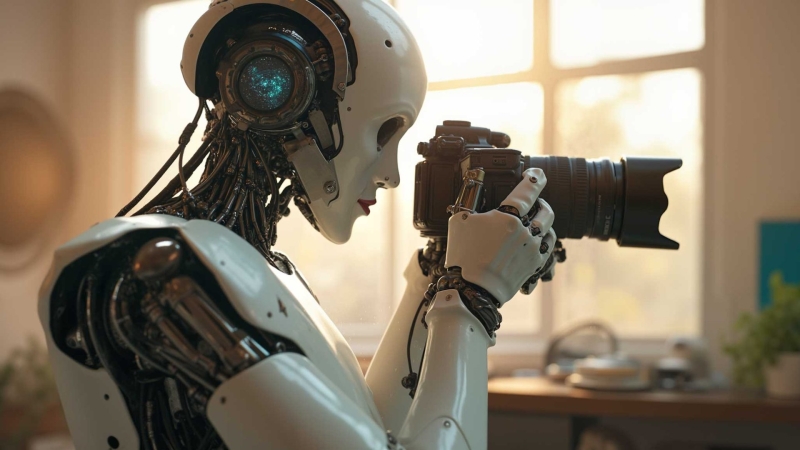
Can AI replace photographers?
Will this change over time? More than likely, yes, at least for some things. Image models and image generation tools are evolving at a more rapid pace than ever. For hobbyists, it’ll make no difference. If you enjoy using the camera and you’re happy with your results, advancements in AI aren’t going to change that.
For commercial and other professional photographers, it’s already begun to happen. In fact, companies like Ikea had dumped photographers in favour of CG renders of their products by 2014. AI is just the next evolution of CG for many, and companies like Levi’s are already jumping on it.

How photographers can adapt
In the short term, if you’re worried about AI, the best course of action is to study it, even if you don’t fully embrace it. Understanding the technology and what it can do – and what it can’t – is the best way to stay ahead of it. At the very least, it’ll give you some advanced notice if you’re considering switching careers.
And who knows, you might find some AI tools that will actually help you and don’t feel like “cheating”. Noise reduction, for example, has been common in digital photography since it began. The fact that “powered by AI” versions of it are now available doesn’t make it less useful than the algorithm-based systems we’ve been using for over two decades.
For the foreseeable future, at least, for most photographers who don’t use AI, no, AI isn’t going to take your job. Photographers who know how to use AI are probably going to take your jobs. Unless you’re a photojournalist or documentary photographer, in which case you’re probably still pretty safe, regardless.
Future Trends in AI Photography
When it comes to AI and the future of photography, it’s still anybody’s guess at the moment. The tools are evolving at such a rapid pace that it’s impossible to predict what we’ll be able to do tomorrow that we couldn’t do yesterday.
What’s clear, though, is that AI is going nowhere. For better or for worse, it’s only going to become more pervasive in our lives and our editing workflows. Generations will get better and faster, we’ll get more interactive control, and it’ll hopefully become more ethical.
I suspect we’ll start to see a strong drive towards locally-hosted AI tools, rather than relying on the cloud and online services. As smartphones, tablets and computers become more powerful, and models become more capable in smaller sizes, you’ll be able to maintain better privacy and control over your work.
AI video and motion graphics
One area that we’ll definitely see AI expand in the next few years, and something we haven’t mentioned much so far, is video. It’s only a little more than a year since OpenAI announced Sora, with AI-generated music videos coming almost immediately after. But a lot’s changed in the last year.
Kling, Adobe Firefly and even Google now offer video generation. And they’re not the only ones. TikTok owner ByteDance has also been jumping on the AI video train, with OmniHuman, which produces some very realistic results.
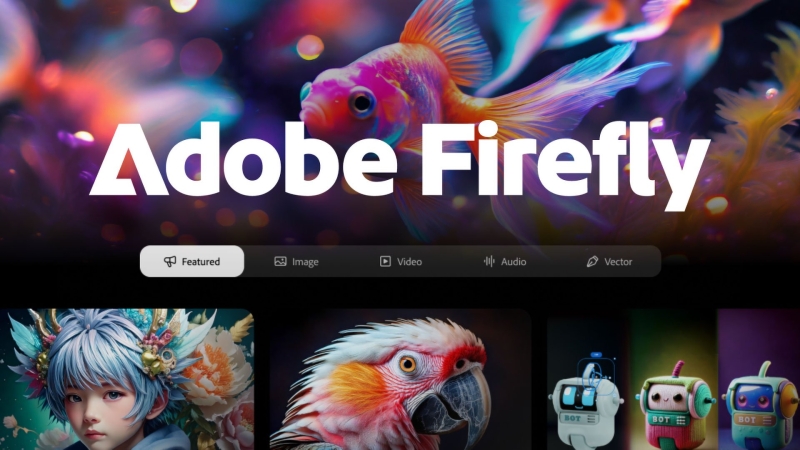
We’ve also seen AI-powered tools introduced into video editing applications such as Adobe Premiere Pro and Davinci Resolve, including everything from video transcription and subtitle generation to generative extend, adding footage to clips that were cut short or started recording late.
Predictive photography and smart shooting
AI is already a feature in many of our cameras, offering tools like predictive autofocus, and even automatic image processing in the case of smartphones. But it’s only going to get more advanced as time passes.
As processors get faster and AI scales down even smaller, we’ll start to see more real time data processing in our cameras. Predictive tools to capture “the decisive moment” for us will start to appear. With cameras already offering pre-shooting modes, capturing what the camera sees before you even hit the shutter, we’re already on the cusp of features like this appearing.
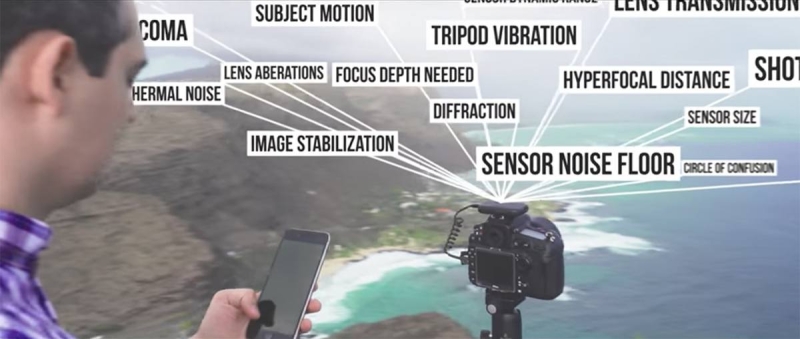
AI-powered smart shooting assistants are also already a thing. Arsenal was released way back 2017, which utilises deep learning to help you get the perfect shot. Such features will likely shift from requiring separate devices to being built into cameras in the future.
While it might not be entirely replaced by AI, the future of photography is almost certainly going to be AI-augmented.
Tutorials & How-Tos
As the world of AI technology has been changing and improving so much in a very short space of time, we haven’t covered much in the way of AI tutorials here on DIYP. But now AI has some clear leaders and tools that seem here to stay, it’s something we’re going to be posting more of going forward.
In closing, here’s a screenshot of the ComfyUI workflow used to generate the lead image at the top of this article. Keep checking back, as we’ll be updating this post regularly over the coming weeks.
